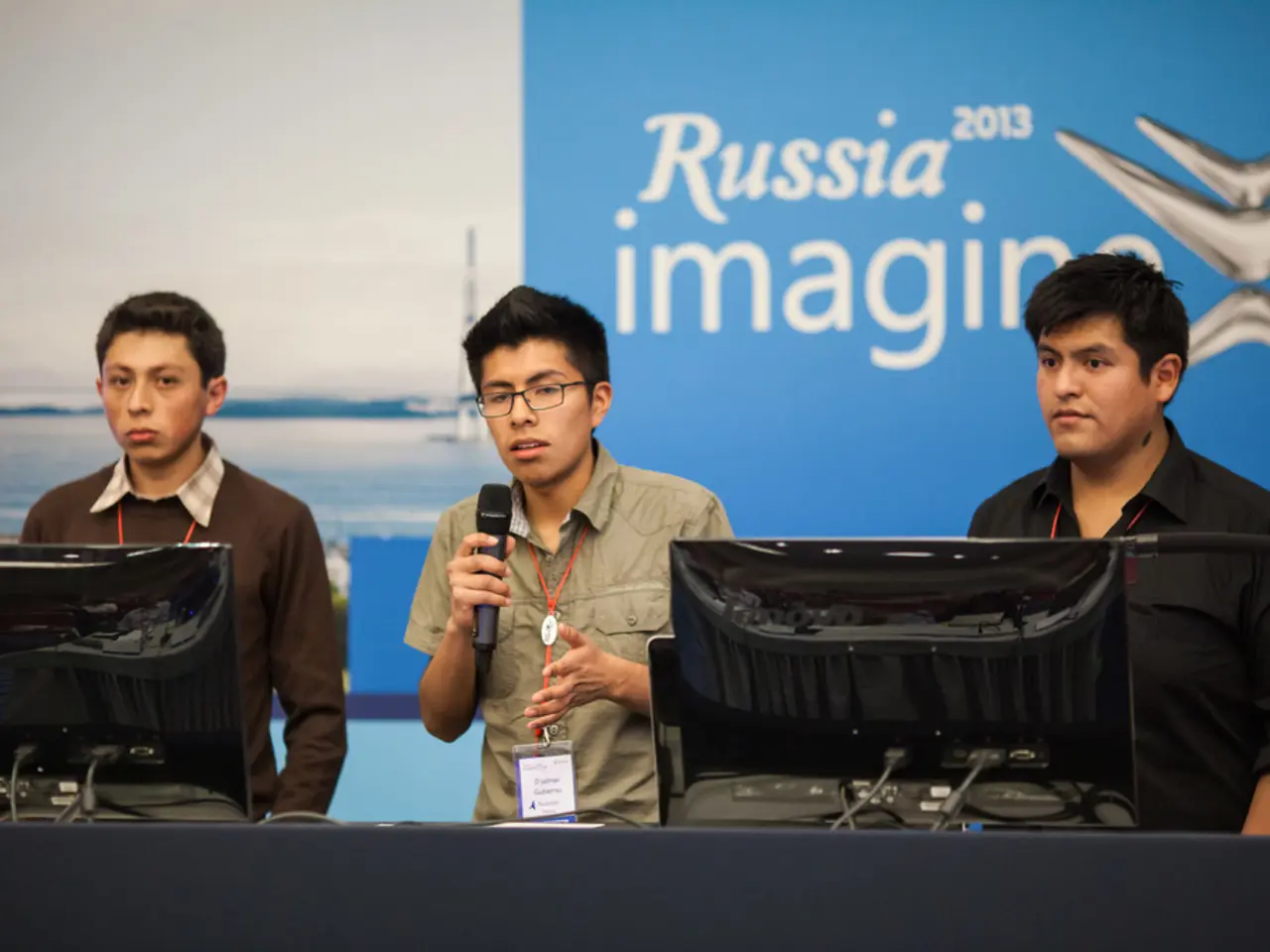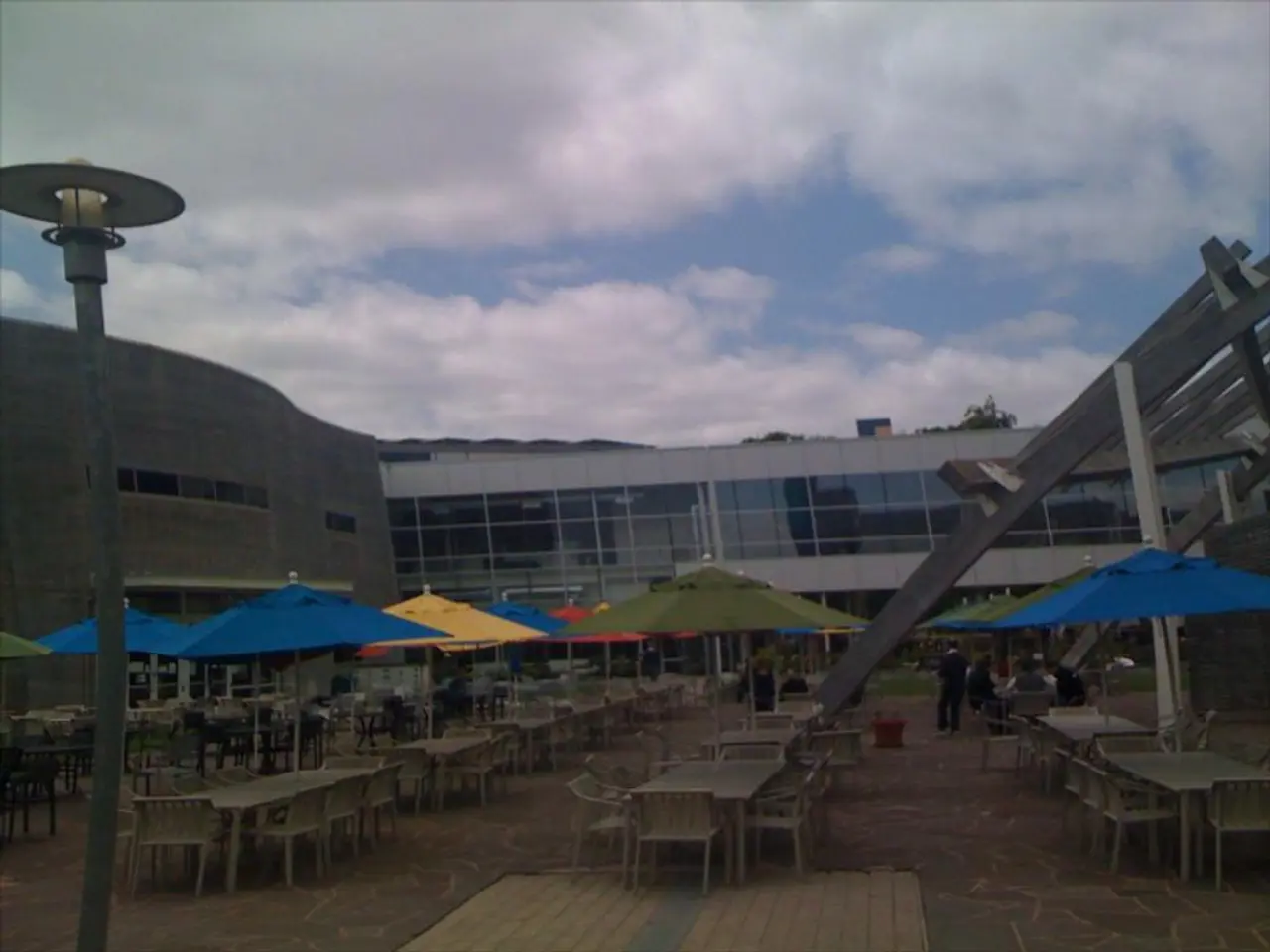Possible arts funding agreement in England announced?
In recent years, the English arts sector has been facing significant challenges due to a steady decline in public investment. Since 2009/10, public investment in the arts has decreased significantly, with local authority capital and revenue expenditure on the arts falling by over 48% in real terms by 2022/23.
This decline is primarily attributed to overall reductions in government investment in local authorities during the same period. Excluding libraries, which also saw substantial cuts, the average spend per person on cultural and related services by local authorities dropped from £15.36 to £8.79 in real terms.
The reduced spending by local authorities, who are the most significant public investors in arts and culture in England, has had a major impact on the arts sector's funding landscape. The implications of this funding reduction are far-reaching, affecting various aspects of the arts sector.
Firstly, the financial pressure on arts organizations and cultural institutions has increased. Many of these institutions rely heavily on local authority support for capital and revenue costs. Secondly, innovation and resource pooling among cultural institutions have become necessary to cope with shrinking budgets. Thirdly, there are potential threats to the viability and sustainability of arts provision and access, especially in communities dependent on local government funding.
Moreover, the decline in funding could affect the diversity and reach of cultural offerings across England. The shift in funding priorities could lead to changes in the types of art being funded, potentially limiting access to a variety of artistic expressions.
The decline in local government funding for the arts is a significant story hidden in the data. Historically, local government funding has helped support local projects, fostering local communities, developing education programs, and improving local wellbeing. However, with changing overall budgets across government, this steady investment has been eroded.
The discussion about the decline in public investment in the arts is not limited to the reduction in local government funding. The development of AI is leading to discussions about a new AI Intellectual Property Right for composers, authors, and artists. The Creative PEC, a research centre focused on the creative economy, has published a dataset to start a discussion about how investment in the arts has changed since 2009/10.
However, it is important to note that the Creative PEC dataset does not include funds which have a clear 'soft power' remit, such as the British Council. The dataset also does not represent the totality of public investment in the arts, as there are other pots of money not listed, including funds for the visitor economy, pan-economy measures, money from trusts and foundations, commercial income, and philanthropists.
As policymakers at all levels continue to invest in the arts due to their link to many policymakers' objectives for public money, the question arises: what do we want the arts to deliver? And where should funding come from to allow it to best deliver that impact? The Creative PEC dataset suggests a need to take a step back, take stock, and ask these questions.
The 2025 Spending Review is being discussed in relation to its impact on the creative industries. A readout from the Creative PEC discusses the implications of the Spending Review for the creative industries. As the debate on public investment in the arts continues, it is crucial to ensure that the arts sector remains vibrant, diverse, and accessible for all.
- The steep decline in public investment in the English arts sector, particularly in local authorities, is contributing to an increased financial pressure on arts organizations and cultural institutions.
- The reduced spending by local authorities on arts and culture has becoming essential for institutions to innovate and pool resources in response to shrinking budgets.
- The potential consequences of this reduced funding could threaten the viability and sustainability of arts provision, especially in communities reliant on local government funding.
- The shifting funding priorities could affect the diversity of cultural offerings across England, potentially limiting access to a variety of artistic expressions.
- The Creative PEC, a research center focus on the creative economy, has published a dataset discussing how investment in the arts has changed since 2009/10.
- The discussion on the decline in public investment in the arts is not confined to reduced local government funding; it also involves the development of AI and the potential for a new AI Intellectual Property Right for composers, authors, and artists.
- The Creative PEC dataset does not include funds with a 'soft power' remit, such as those managed by the British Council, or all forms of public investment, including funds for the visitor economy, pan-economy measures, money from trusts and foundations, commercial income, and philanthropists.
- As policymakers aim to achieve various objectives with public funding, the question remains: what role should the arts play, and from where should the funding come to ensure the greatest impact?
- As the debate on public investment in the arts continues leading up to the 2025 Spending Review, ensuring the vibrancy, diversity, and accessibility of the arts sector for all will become essential.








